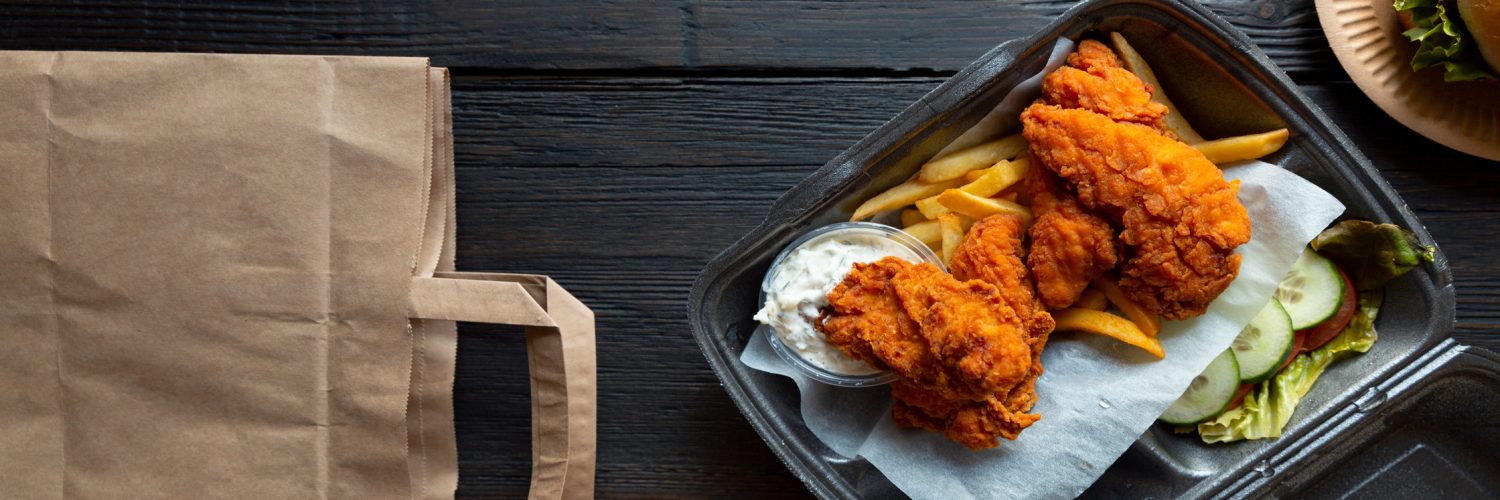The restaurant industry has rapidly evolved, and delivery services are no longer a luxury but an expectation. With third-party platforms connecting diners to restaurants, the opportunity to grow revenue has never been greater. But adding delivery comes with its challenges. If you believe your restaurant is ready for third-party delivery services, we recommend you first weigh the operational, cost, and customer service impacts. Here’s how to start evaluating.
Assess Your Operational Strengths
Delivery can strain your staff. Orders from third-party platforms often pile on during peak times, adding complexity to already busy shifts. The pinging of the delivery systems can interrupt your employee’s ability to stay focused and productive at work, potentially affecting the guest experience for those in the restaurant. Consider whether your kitchen and front-of-house teams can handle increased demand without compromising quality.
Streamlining processes is key. Digital tools, well-designed kitchen workflows, and clear communication with staff can help your
team stay in sync when the chaos of delivery ramps up.Navigate the Cost Structure
Third-party services don’t come cheap. Many platforms charge commission fees that can eat significantly into your profit margins. Think carefully about your pricing strategy before you sign up. Will you increase prices for delivery orders or absorb the costs in hopes of growing volume?
Statista measures the online food delivery market at over $400 billion in revenue, but carving out your share requires a deep understanding of how fees will affect your bottom line. Run clear financial forecasts to determine if the extra revenue is worth the cost.
Rethink Packaging
Food quality during transport is critical. Unsuitable packaging can cause complaints, bad reviews, or refunds. In particular, disposable plastic cups and lids have their pros and cons, and you may need to revisit your packaging strategy to factor in the demands of the delivery process.
Sustainability may also play a role. More consumers today want eco-friendly options, so opt for materials that perform well while aligning with customer values.
Maintain Your Brand Experience
Third-party delivery can dilute the customer experience that’s central to your brand. Restaurants have limited control over the delivery process once food leaves the door, from timeliness to delivery driver professionalism. These factors shape how customers perceive your business.
Stay involved by monitoring reviews regularly and responding to issues quickly. Some restaurants even customize handouts or packaging inserts to maintain a personal touch with delivery customers, and that strategy may suit your business too.
Are You Truly Delivery-Ready?
Adding third-party delivery is a strategic decision, not just a reaction to market trends. By evaluating your operations, costs, packaging, and customer experience strategies, you’ll gain the insights to thrive in delivery. Most importantly, ask yourself honestly if your restaurant is ready for third-party delivery services. With preparation and a clear plan, it could be the boost your business needs to grow.

















